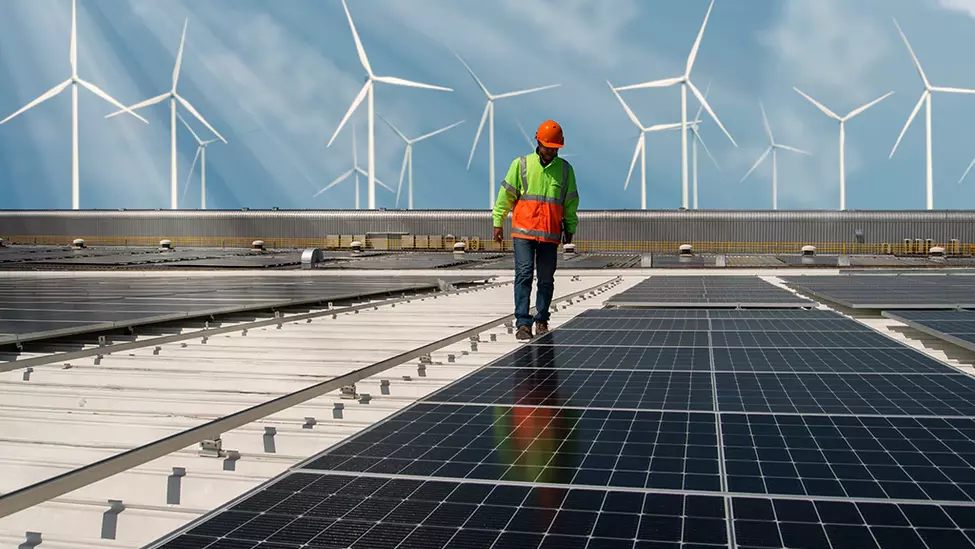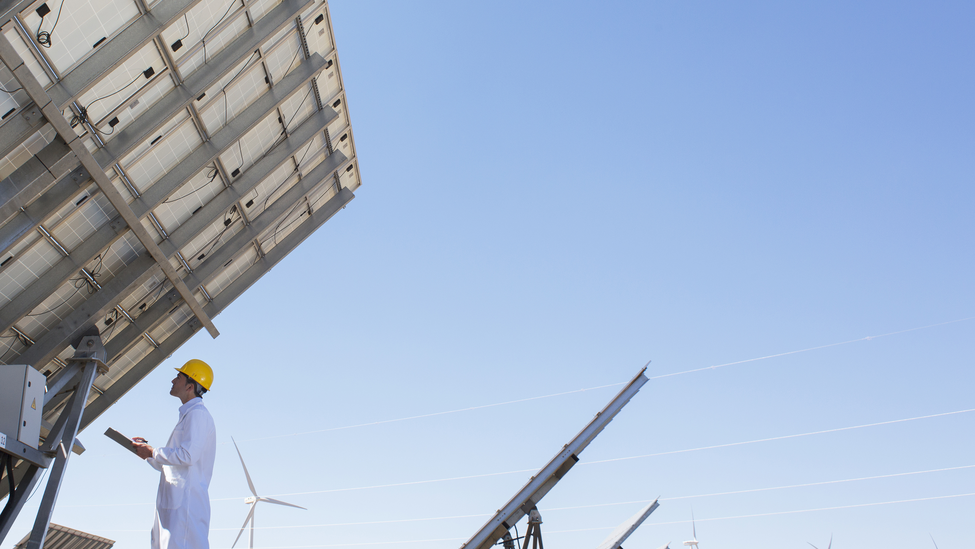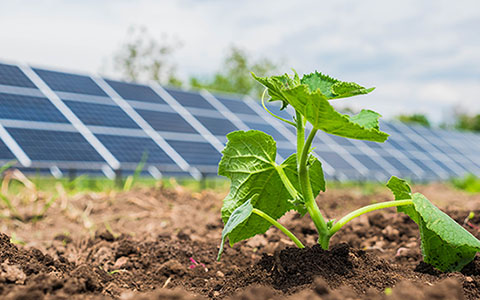Operations and Maintenance (O&M) Tips for Solar Energy Installations


As rooftop solar installations age, performing proactive monitoring and maintenance is increasingly important. New technology, including sensors, infrared cameras and remote access drones, can measure system efficiency and provide alerts of potential problems before they cause damage, such as fires.
These monitoring systems can determine overheating conditions before there’s a fire or other catastrophic event. Some monitoring systems can send alerts and performance reports via smartphone applications and can be used to trigger system shutdowns if certain conditions, such as when arc faults, are detected.
Here are some other ways to protect your solar installation investment.
Ensure solar installations are properly installed
Good quality control processes are important when installing a new system. This includes an assessment of the roof and designing a system so as not to compromise the roof. Problems with the installation can reveal themselves after a storm or heavy winds, when improperly secured panels can dislodge from the racking and mounting systems.
As with any outdoor electrical system, solar installations older than two or three years may need more frequent attention. These are not "no maintenance" systems. A qualified O&M contractor or asset manager can help establish a preventive schedule and quickly identify potential risks.
Work with a qualified O&M contractor
A fire in a solar combiner box can put an entire building at risk. Choose a qualified and well-trained O&M contractor with experience in your type of system to perform prescribed maintenance activities, such as infrared thermographic scans of the combiner boxes, inspecting wire management for broken ties or clips, and checking the torque of the solar module clamps. Assign responsibility to who will be monitoring the system and what conditions/alarms will trigger the contractor to send a work crew to the site.
Establish and maintain proper physical security around installations
Limit access to rooftop solar installations by securing access hatchways or doors. If contracting an independent third party to maintain systems, coordinate logistics with building tenants, including contact name, necessary keys and time of day that will be necessary to gain access to the roof. For ground-level solar installations, maintain fencing and make sure locks are in good condition.
Establish an emergency response plan and invite emergency responders
Establish an emergency response plan in the event a fire occurs in the building, on the roof or if high winds damage the system. Invite emergency responders to view the installation so they are familiar with it in advance, in case there is an issue in the future.
Check for damage, especially after storms and heavy winds
After heavy winds, hail, snow or other storms, the contractor should check solar panels for damage to panels from flying objects. Make sure panels and wiring are still properly secured on the rooftop. Encourage tenants to recognize and report suspected problems with rooftop installations, such as physical damage, loose panels or a burning smell. Animals can also cause damage to installations by chewing through wires, which can create a fire hazard.
Investigate ground conditions
If installations are on ground level, make sure inverters and other equipment used to transfer electricity to the power grid are properly elevated above base flood levels. Where acres of old agricultural land have been turned into solar farms, standing water could flood installations. Copper wiring and rods on solar arrays may not be properly grounded for lightning risks.
With the technology available to monitor renewable energy installations, building owners can be more proactive with data they receive, from measuring energy output to being aware of alerts of potential risks. These can include cyber risks to renewable energy installations as the power grid continues to grow more integrated.



